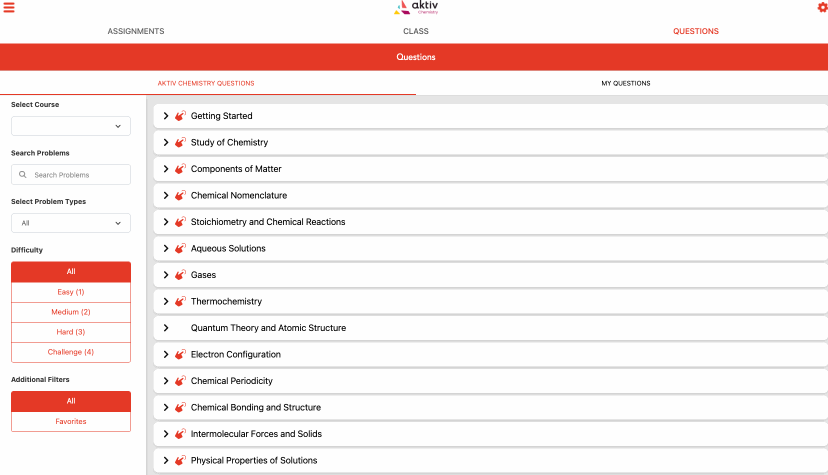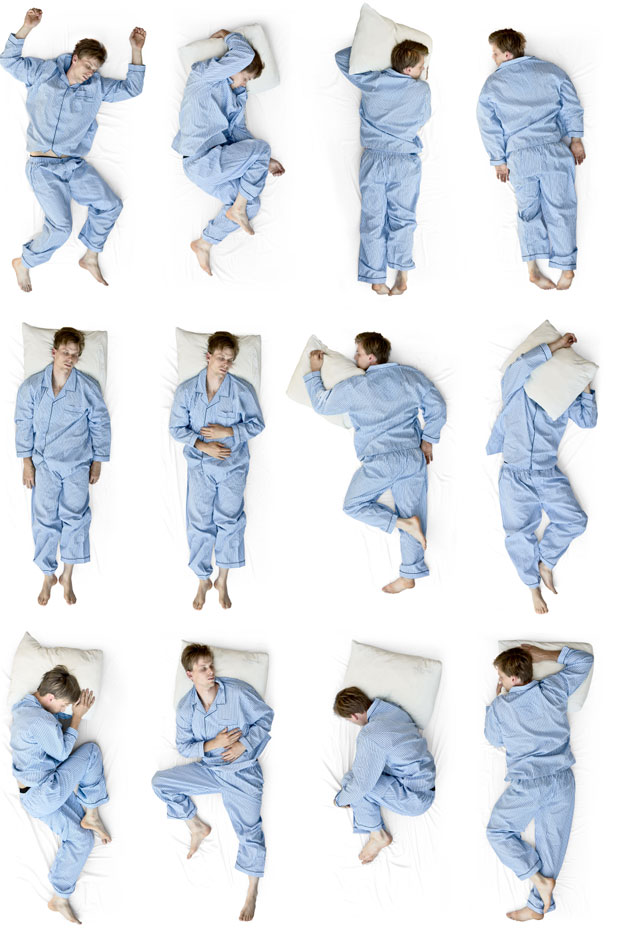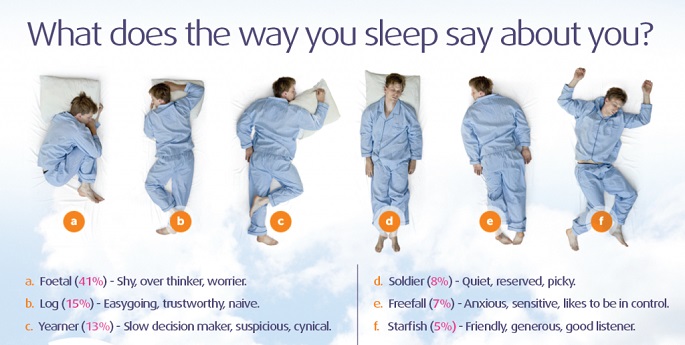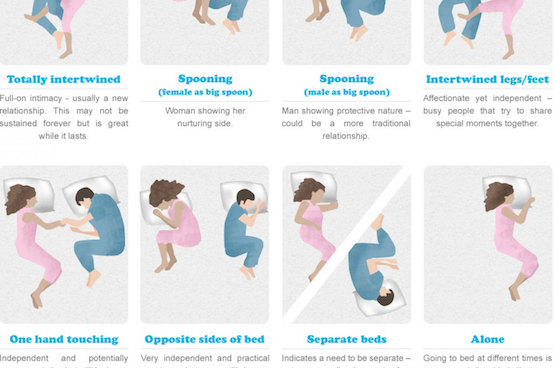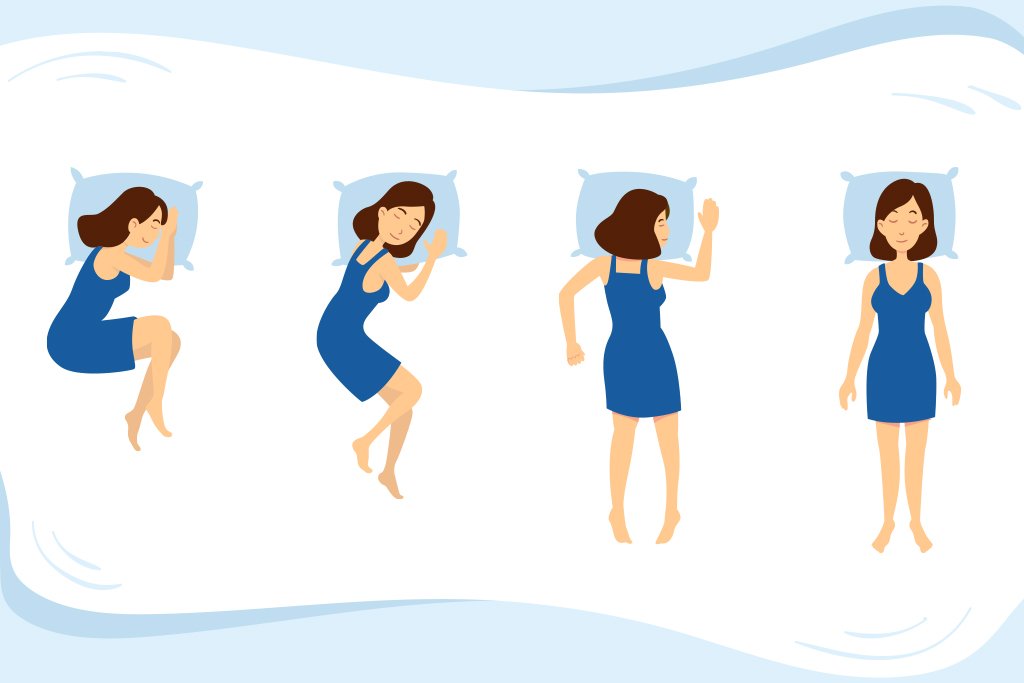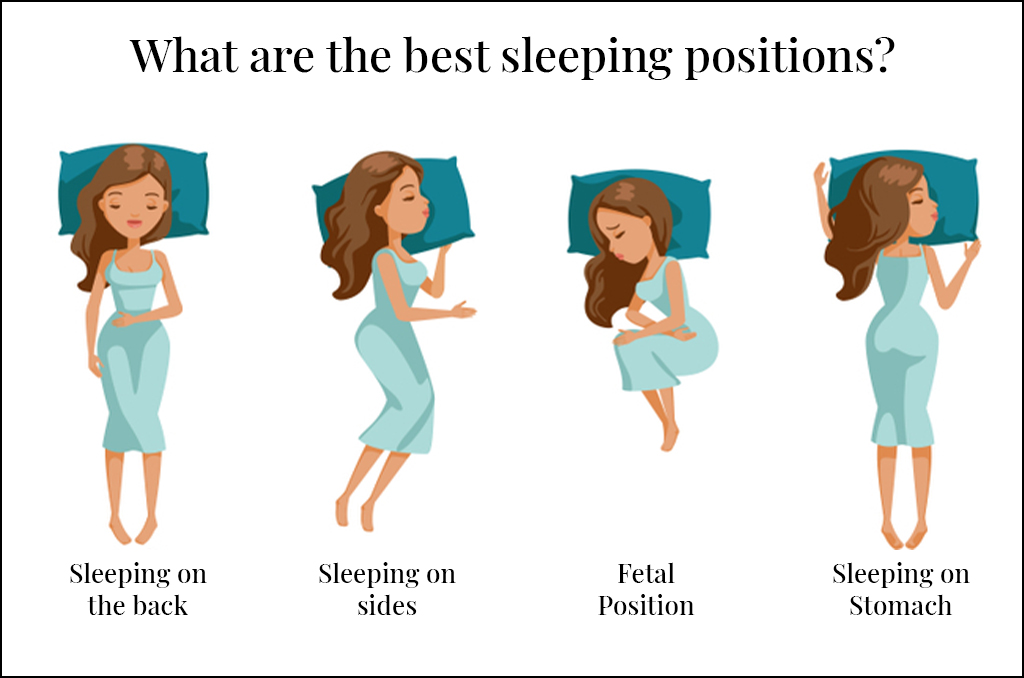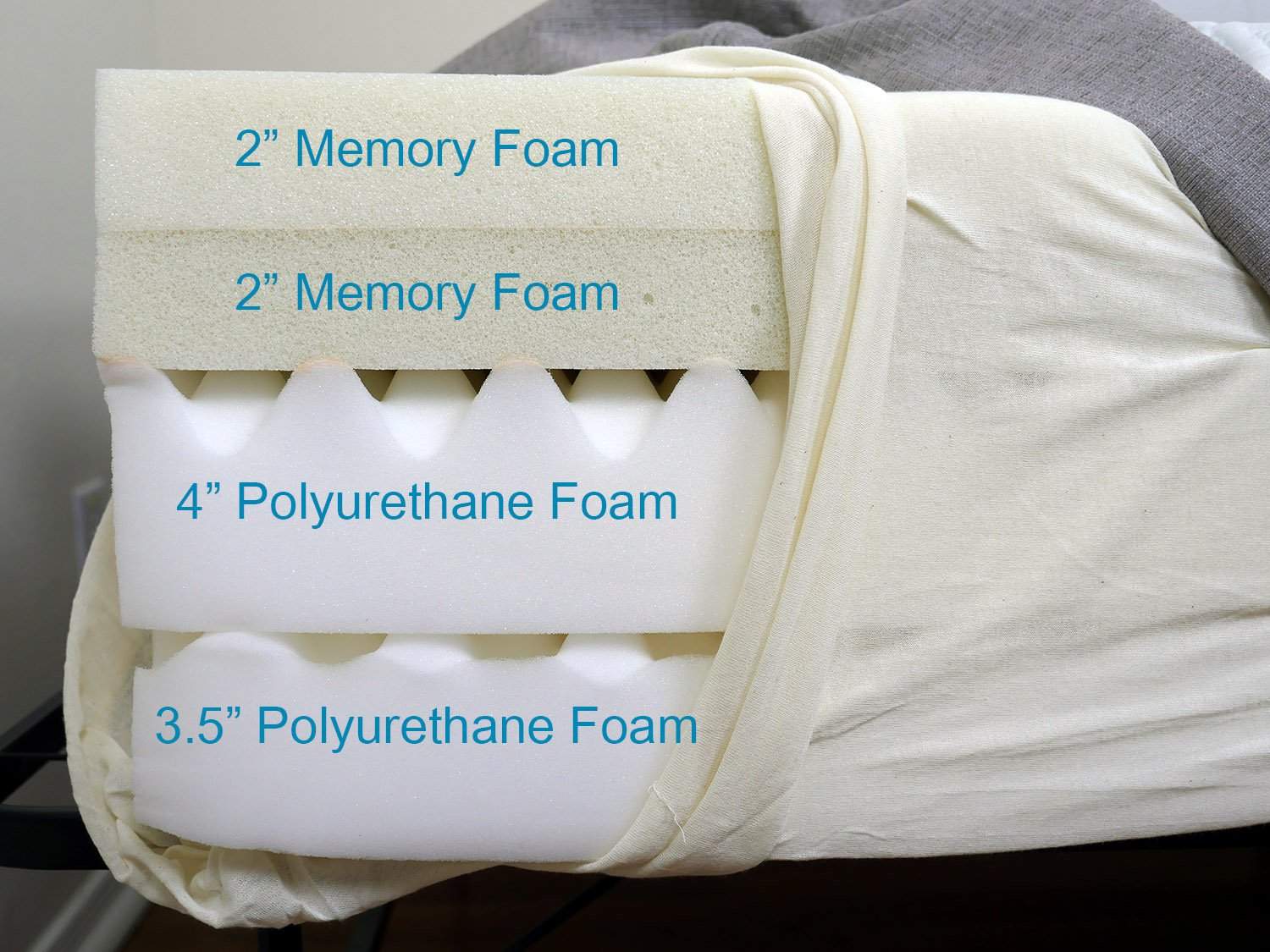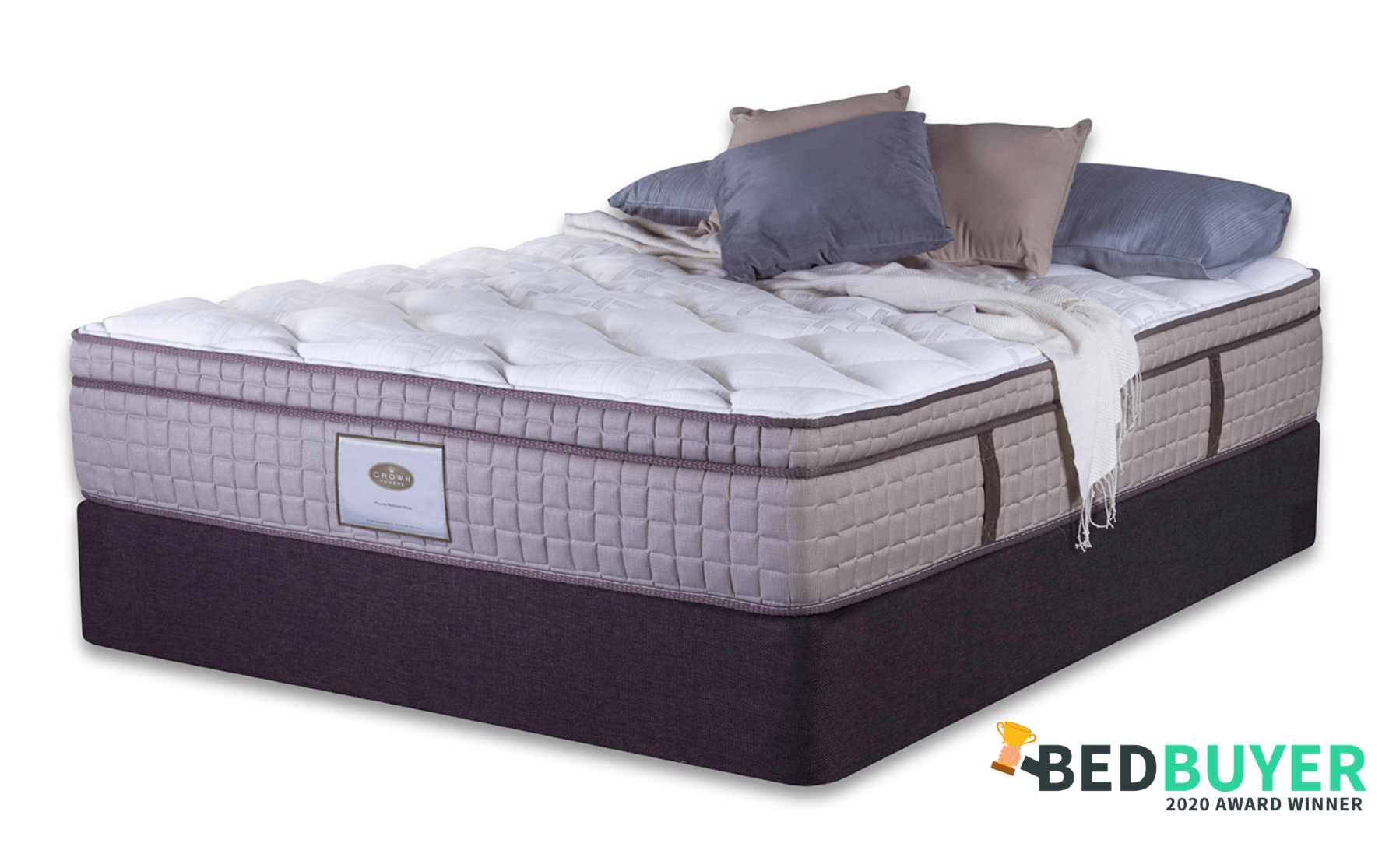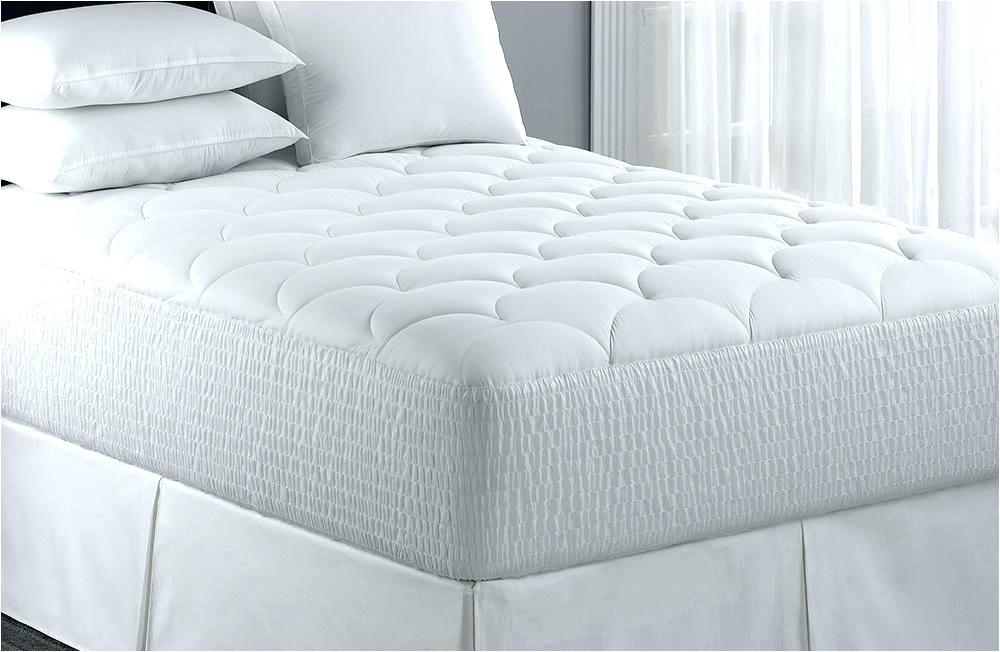While pillow top mattresses offer a luxurious and soft sleeping surface, one of the major cons is their lack of durability. The extra layer of cushioning on top of the mattress can compress and flatten over time, leading to sagging and a decrease in support. This can result in a shorter lifespan for the mattress, making it a less cost-effective option in the long run.1. Durability
As mentioned before, the added cushioning of a pillow top mattress can cause it to sag over time. This can be especially problematic for heavier individuals, as they may sink too far into the mattress, causing discomfort and back pain. Even with regular rotation and flipping, sagging can still occur, making the mattress less supportive and comfortable.2. Sagging
Due to the extra layer of padding, pillow top mattresses can retain more heat than traditional mattresses. This can be uncomfortable for those who tend to sleep hot, as the added cushioning can trap body heat and lead to a restless night's sleep. This can also be a problem during hot summer months, making the mattress feel uncomfortably warm.3. Heat Retention
Pillow top mattresses are generally heavier than traditional mattresses due to the added padding. This can make it difficult to move or rotate the mattress, especially for those with back problems or limited mobility. It can also be challenging to set up or move the mattress, making it less convenient for those who frequently move or rearrange their bedroom furniture.4. Weight
Pillow top mattresses tend to be more expensive than traditional mattresses due to the added cushioning and materials used. This can be a significant con for those on a budget or looking for a more affordable option. While the initial cost may be higher, the potential for shorter lifespan and the need for replacement can also add to the overall cost.5. Cost
Most pillow top mattresses come with a standard level of firmness, which may not be suitable for everyone. Those who prefer a firmer or softer mattress may not find the right level of support and comfort with a pillow top. This can be a disadvantage for those with specific preferences and needs when it comes to their sleeping surface.6. Limited Firmness Options
Pillow top mattresses require more maintenance than traditional mattresses. The added cushioning can trap dust, dirt, and allergens, making it necessary to regularly clean and vacuum the mattress to prevent allergies and other health issues. This can be time-consuming and may require special cleaning products or methods.7. Maintenance
As mentioned before, the added cushioning in pillow top mattresses can trap allergens, making it a less suitable choice for those with allergies or sensitivities. The materials used in the mattress, such as foam or feathers, can also be a common source of allergens. This can lead to discomfort and health issues for those who are prone to allergies or respiratory problems.8. Allergies
Due to the extra layer of padding, pillow top mattresses can be thicker than traditional mattresses. This can make it challenging to find sheets that fit properly and stay in place. It may require special ordering or custom-made sheets, which can be more expensive and less convenient for the average consumer.9. Difficulty in Finding Sheets
While pillow top mattresses can provide a comfortable sleeping surface for some, they may not be suitable for all sleeping positions. The added cushioning can cause the body to sink into the mattress, which can be uncomfortable for those who sleep on their stomachs. It can also create an uneven sleeping surface, making it difficult for those who toss and turn throughout the night to find a comfortable position. In conclusion, while pillow top mattresses offer a luxurious and plush sleeping experience, they also come with several cons that should be considered before making a purchase. From durability and sagging to heat retention and limited firmness options, it's essential to weigh the pros and cons and determine if a pillow top mattress is the right choice for your needs and preferences.10. Not Suitable for All Sleeping Positions
The Drawbacks of Pillow Top Mattresses
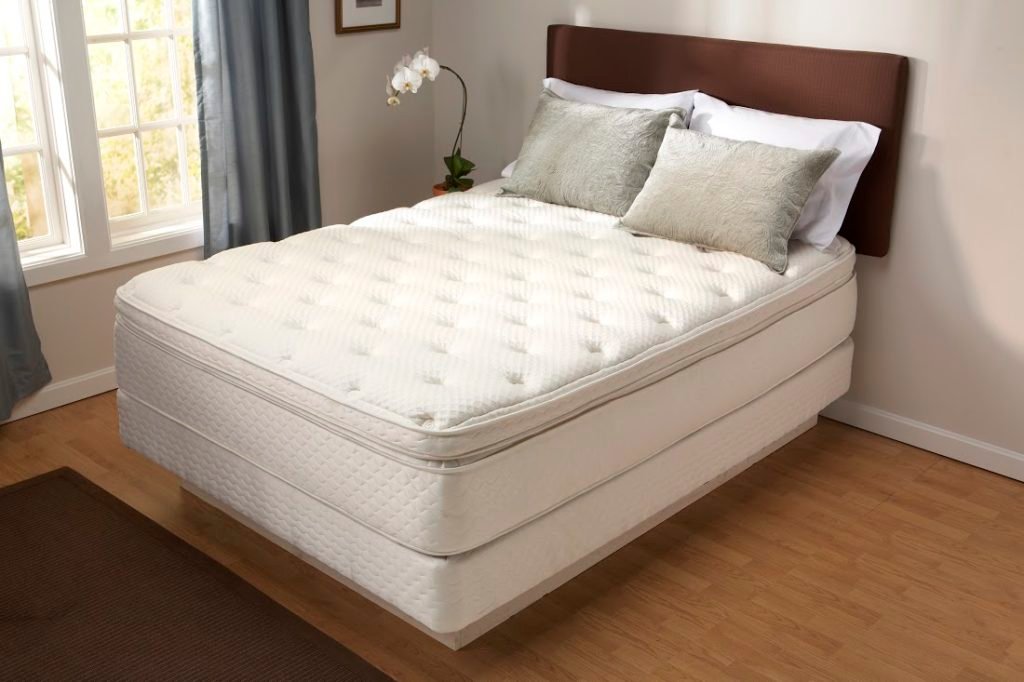
Is a Pillow Top Mattress Right for You?
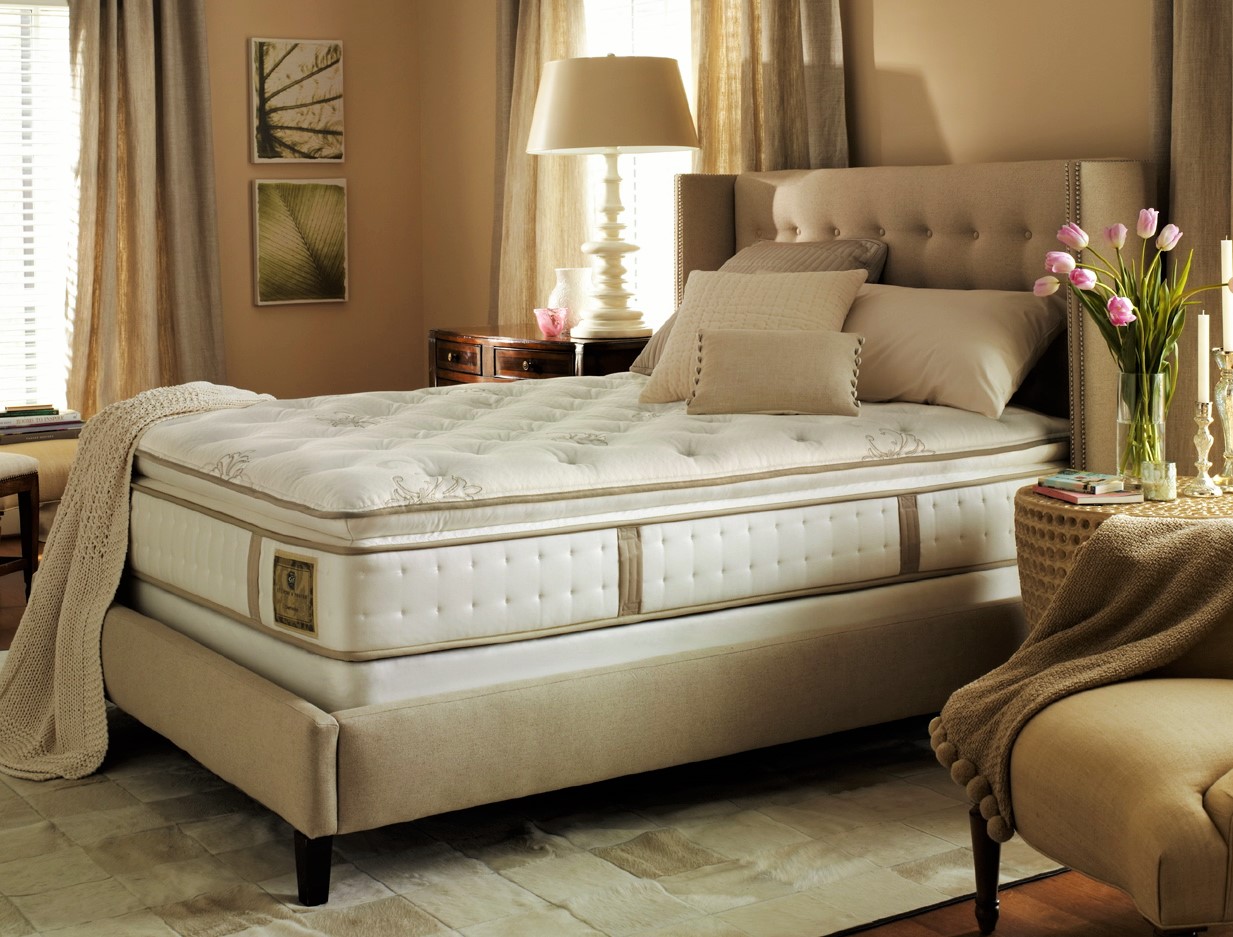 When it comes to choosing a new mattress, there are so many options on the market that it can be overwhelming. One type of mattress that has gained popularity in recent years is the pillow top mattress. These mattresses feature an extra layer of padding on top, giving them a plush and luxurious feel. While many people swear by the comfort of a pillow top mattress, there are also some drawbacks to consider before making a purchase.
When it comes to choosing a new mattress, there are so many options on the market that it can be overwhelming. One type of mattress that has gained popularity in recent years is the pillow top mattress. These mattresses feature an extra layer of padding on top, giving them a plush and luxurious feel. While many people swear by the comfort of a pillow top mattress, there are also some drawbacks to consider before making a purchase.
1. Limited Firmness Options
 One of the main drawbacks of a pillow top mattress is that it typically only comes in one level of firmness. This can be a problem for those who prefer a firmer or softer mattress. While some pillow top mattresses do offer the option to flip the mattress over for a different firmness level, this is not always the case. This lack of options may leave some sleepers feeling uncomfortable and unsupported.
One of the main drawbacks of a pillow top mattress is that it typically only comes in one level of firmness. This can be a problem for those who prefer a firmer or softer mattress. While some pillow top mattresses do offer the option to flip the mattress over for a different firmness level, this is not always the case. This lack of options may leave some sleepers feeling uncomfortable and unsupported.
2. Potential for Sagging
 Due to the extra padding on top, pillow top mattresses are more prone to sagging than traditional mattresses. Over time, the pillow top may lose its shape and become uneven, causing the mattress to feel lumpy and uncomfortable. This can also lead to issues with back and neck pain, as the lack of support can put strain on the spine.
Due to the extra padding on top, pillow top mattresses are more prone to sagging than traditional mattresses. Over time, the pillow top may lose its shape and become uneven, causing the mattress to feel lumpy and uncomfortable. This can also lead to issues with back and neck pain, as the lack of support can put strain on the spine.
3. Higher Cost
 Pillow top mattresses tend to be more expensive than traditional mattresses, as the extra padding and materials used to create the plush feel come at a higher cost. This may not be a feasible option for those on a budget or looking for a more affordable mattress option. Additionally, the higher cost may not always equate to better quality and durability, as some pillow top mattresses have been known to wear out and lose their comfort over time.
Pillow top mattresses tend to be more expensive than traditional mattresses, as the extra padding and materials used to create the plush feel come at a higher cost. This may not be a feasible option for those on a budget or looking for a more affordable mattress option. Additionally, the higher cost may not always equate to better quality and durability, as some pillow top mattresses have been known to wear out and lose their comfort over time.
4. Heavier and Harder to Move
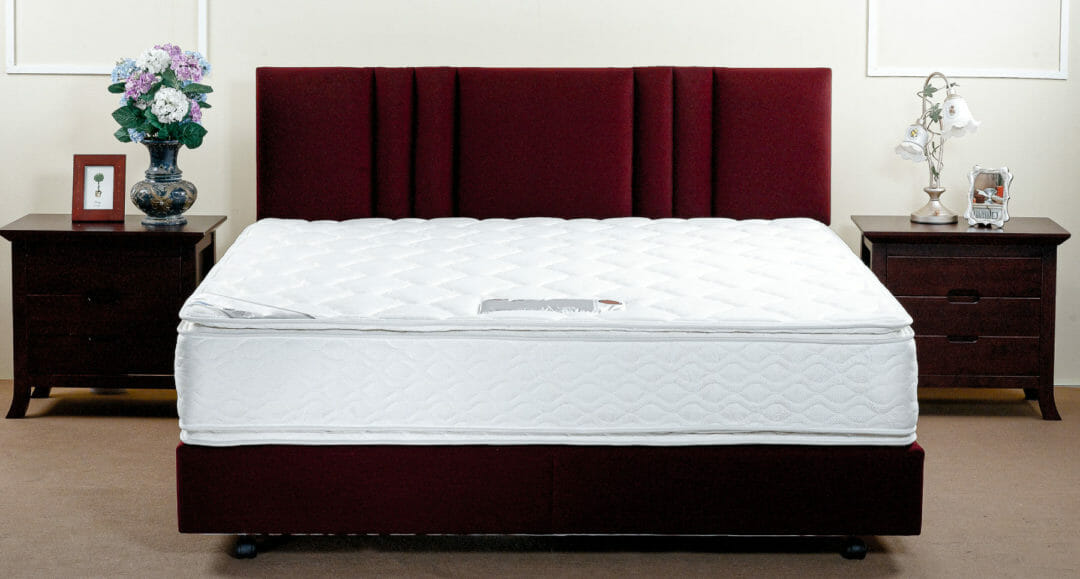 The extra padding on a pillow top mattress also means that it is heavier and more difficult to move than a traditional mattress. This can be a challenge for those who frequently move or rearrange their bedroom furniture. It may also require more effort and assistance to rotate or flip the mattress, which is recommended every few months to prevent sagging.
The extra padding on a pillow top mattress also means that it is heavier and more difficult to move than a traditional mattress. This can be a challenge for those who frequently move or rearrange their bedroom furniture. It may also require more effort and assistance to rotate or flip the mattress, which is recommended every few months to prevent sagging.
Consider Your Sleeping Preferences
 While there are certainly some drawbacks to pillow top mattresses, they may still be the perfect choice for some sleepers. If you prefer a softer, more plush feel and don't mind the higher cost, a pillow top mattress may provide the comfort and support you need for a good night's sleep. However, if you have specific firmness preferences or concerns about sagging and durability, it may be best to explore other mattress options. Ultimately, the decision should come down to what will provide the best night's sleep for you.
While there are certainly some drawbacks to pillow top mattresses, they may still be the perfect choice for some sleepers. If you prefer a softer, more plush feel and don't mind the higher cost, a pillow top mattress may provide the comfort and support you need for a good night's sleep. However, if you have specific firmness preferences or concerns about sagging and durability, it may be best to explore other mattress options. Ultimately, the decision should come down to what will provide the best night's sleep for you.

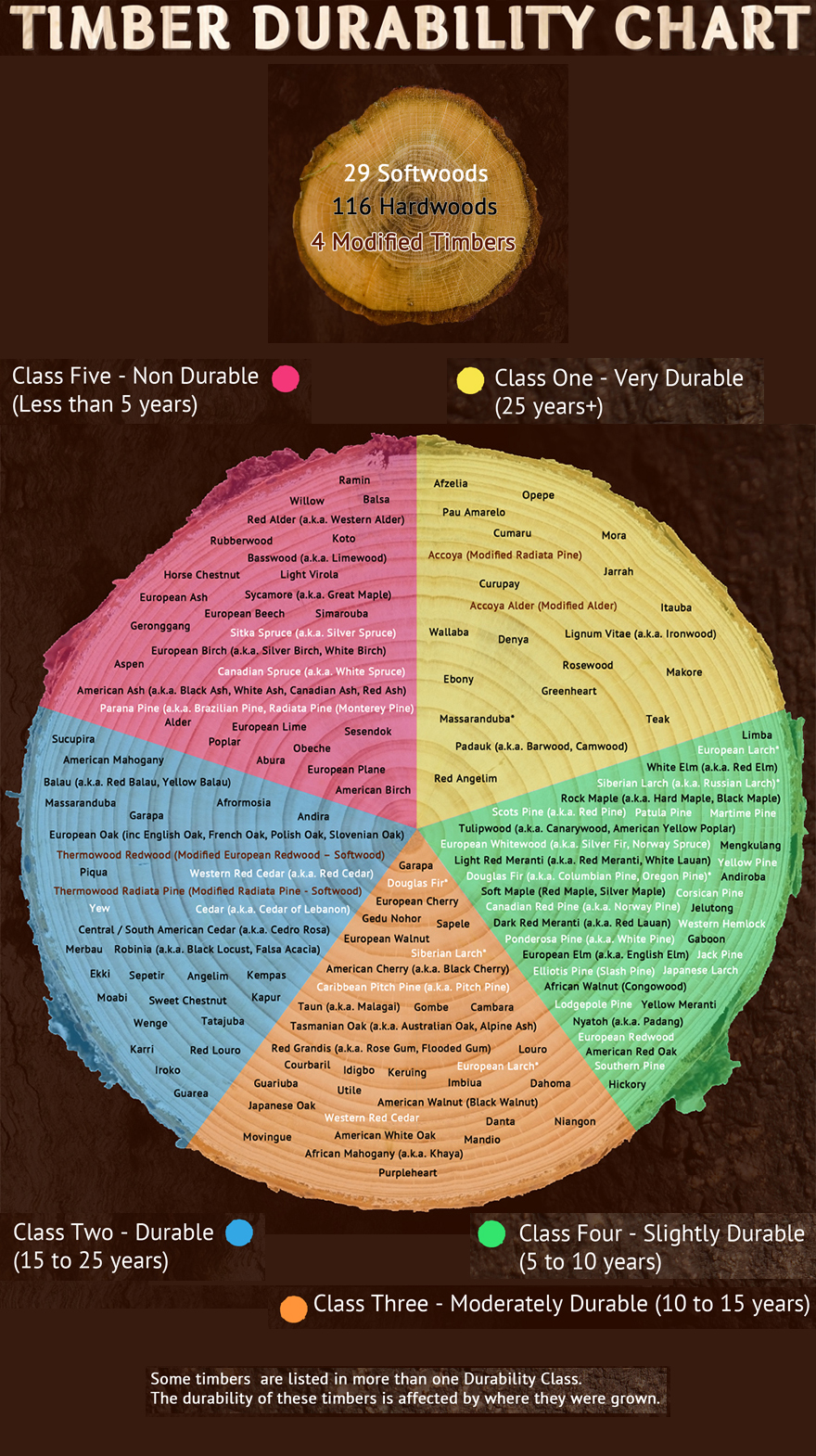
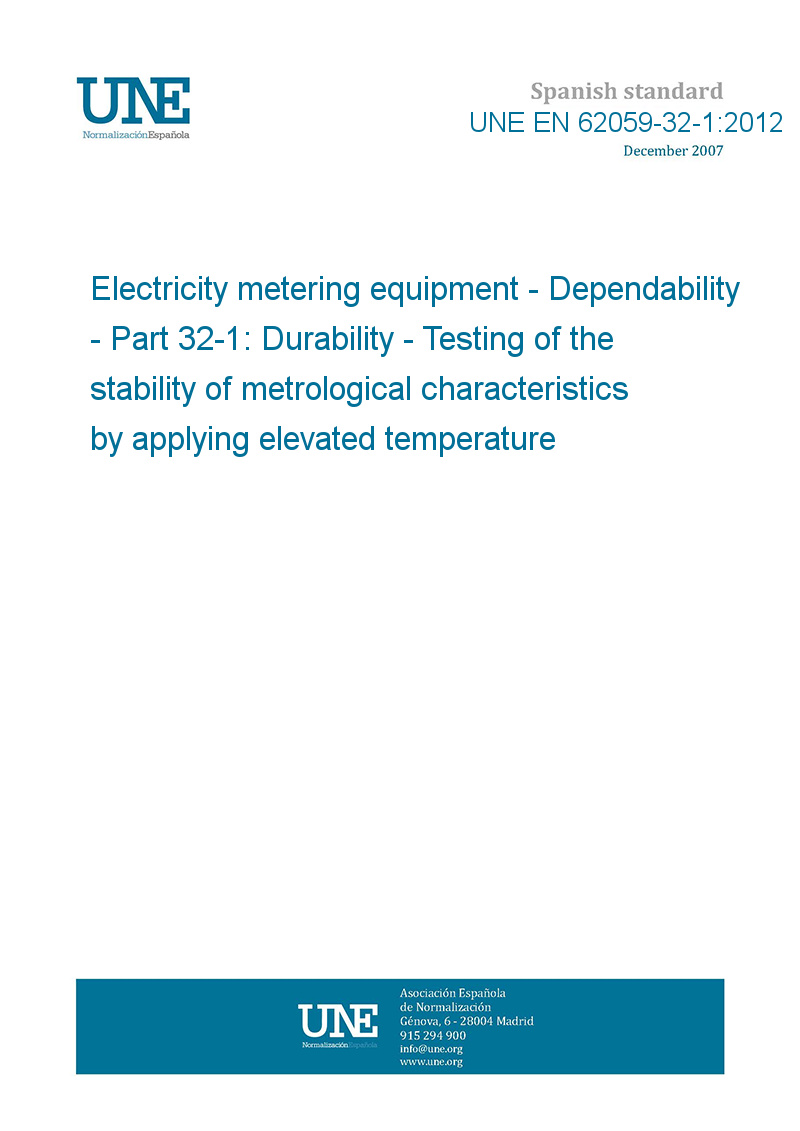


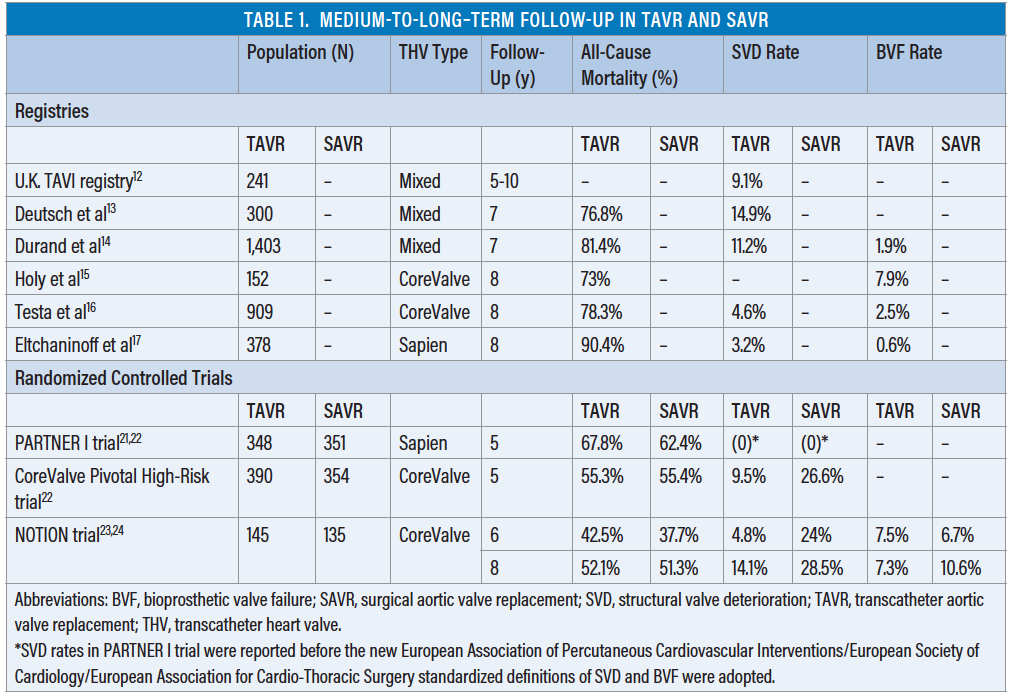



















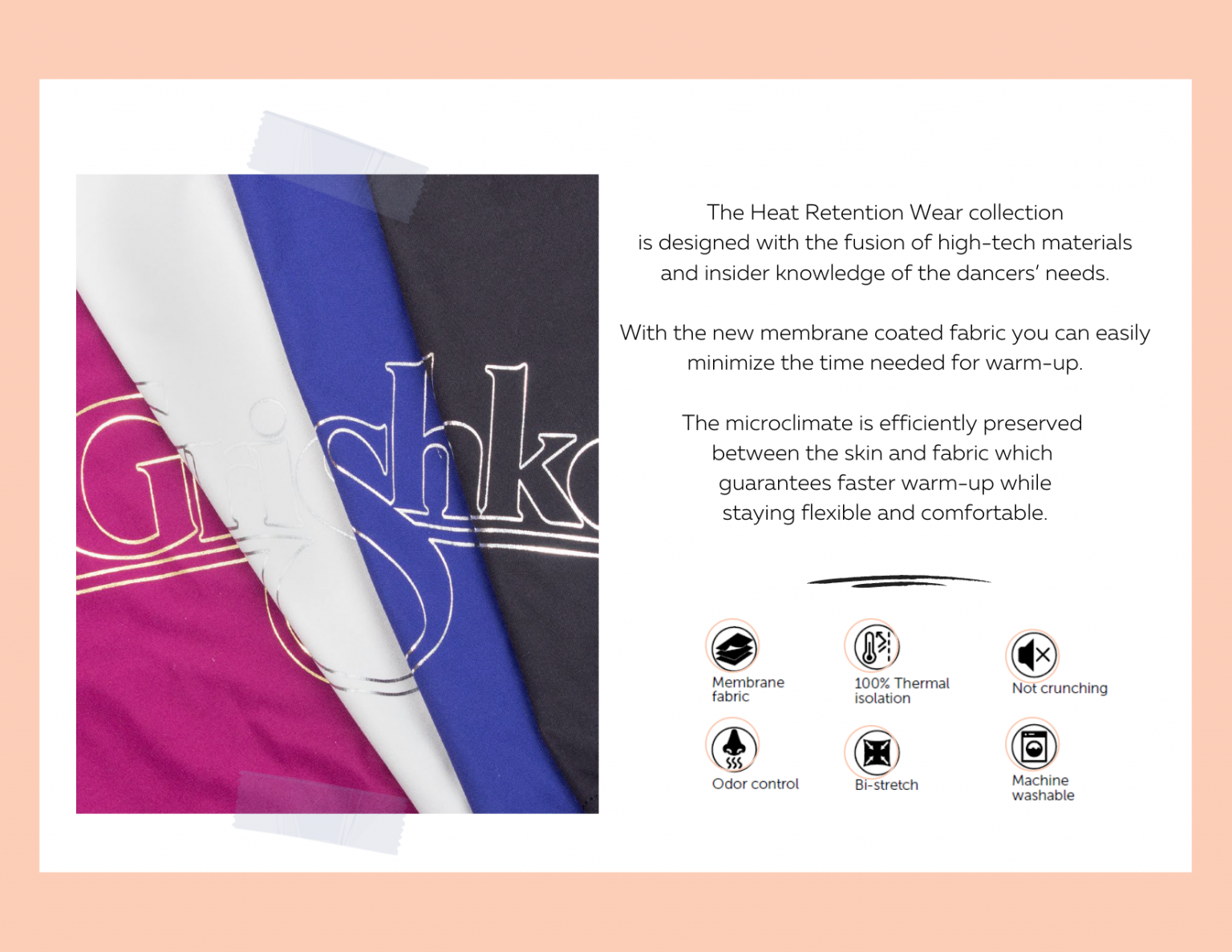








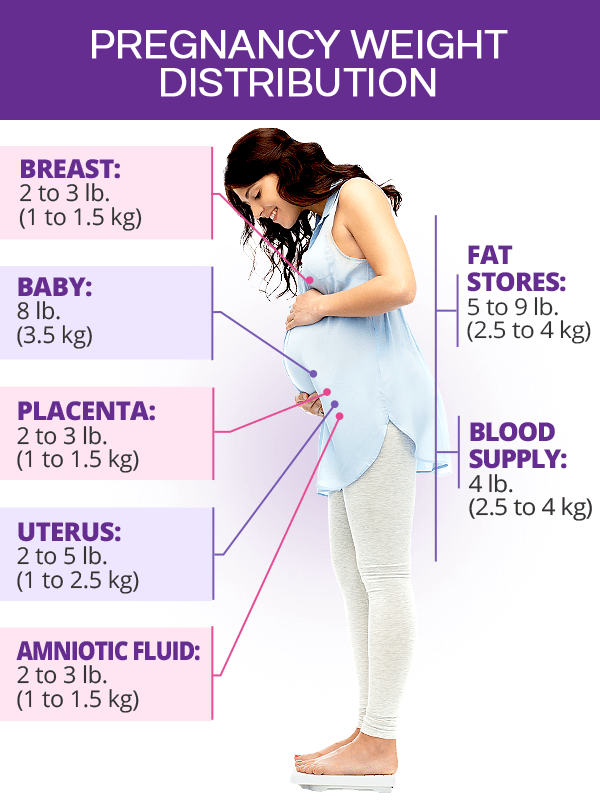













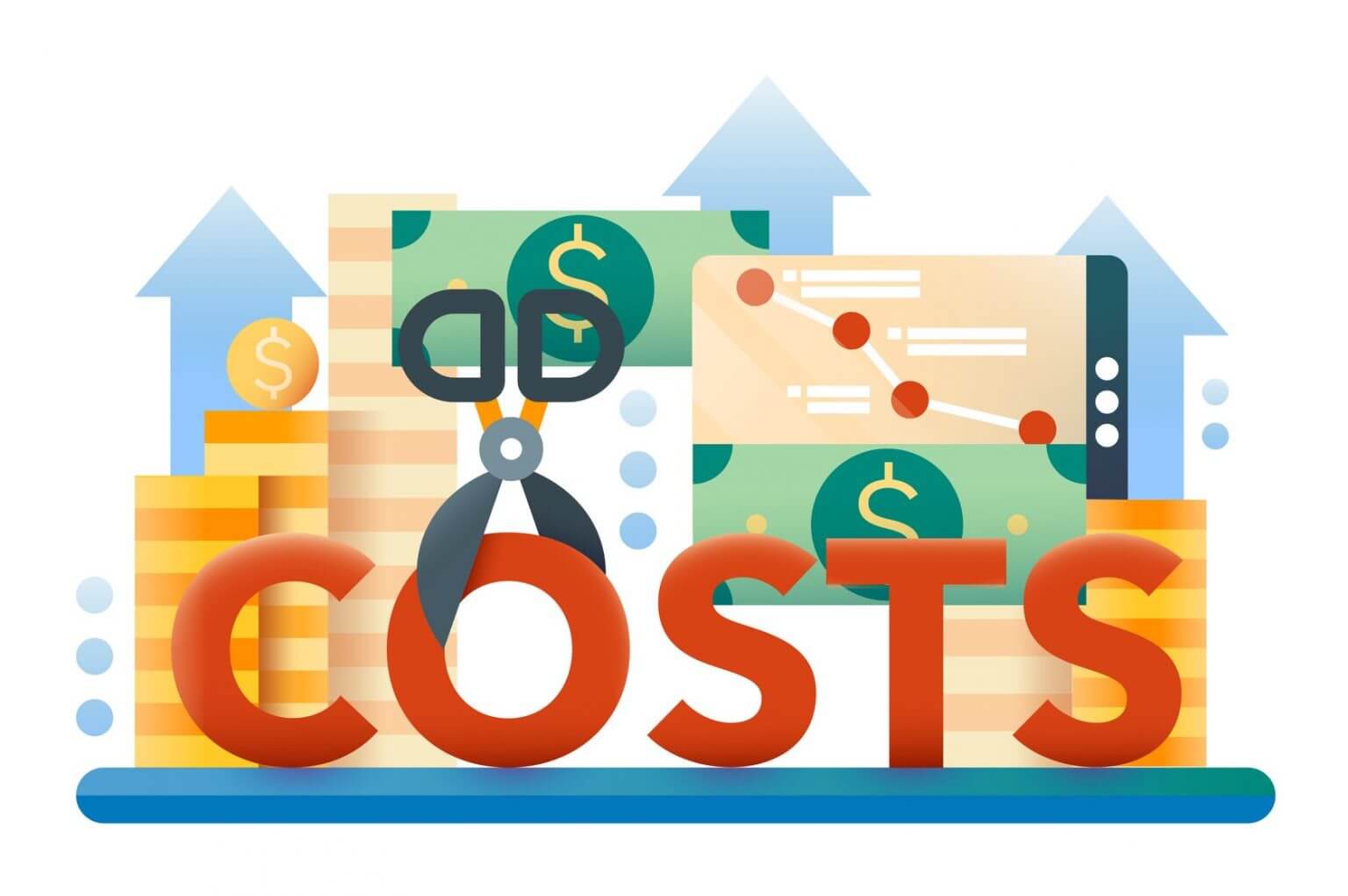



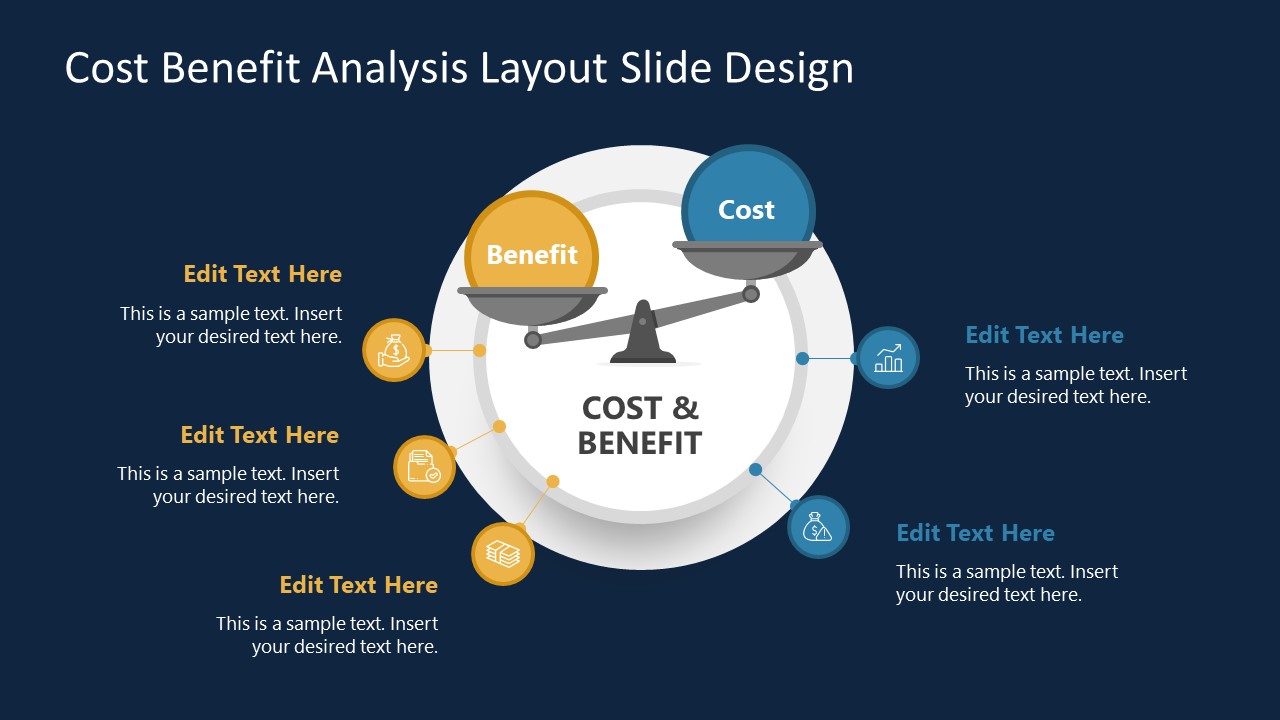













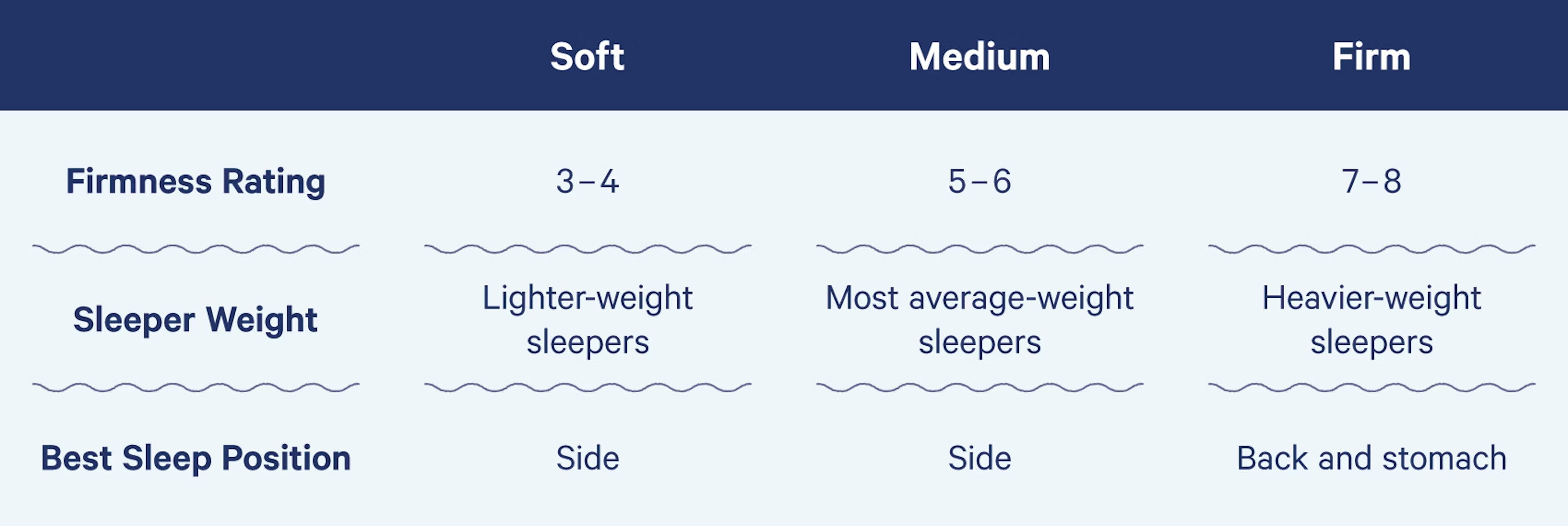




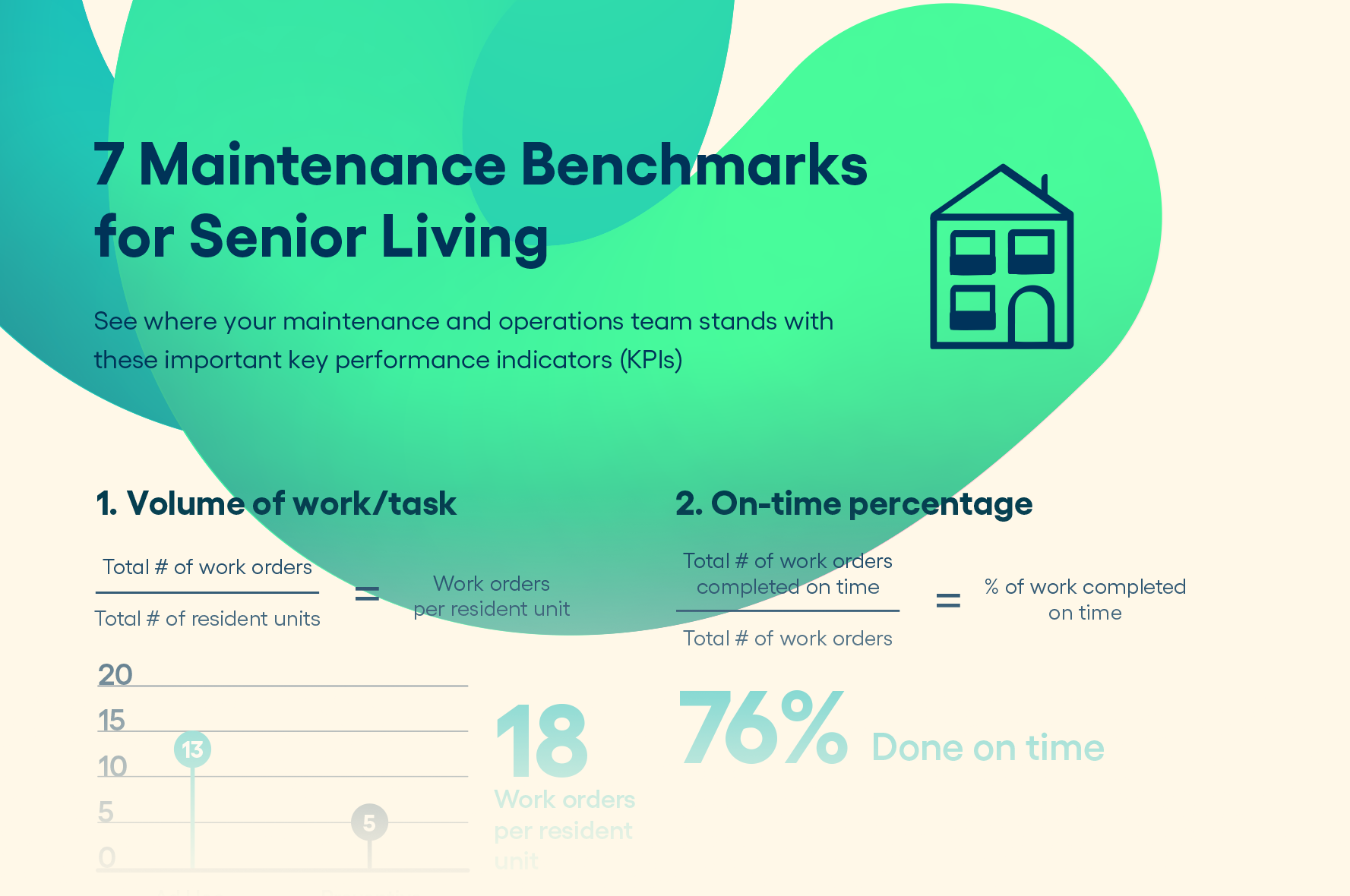




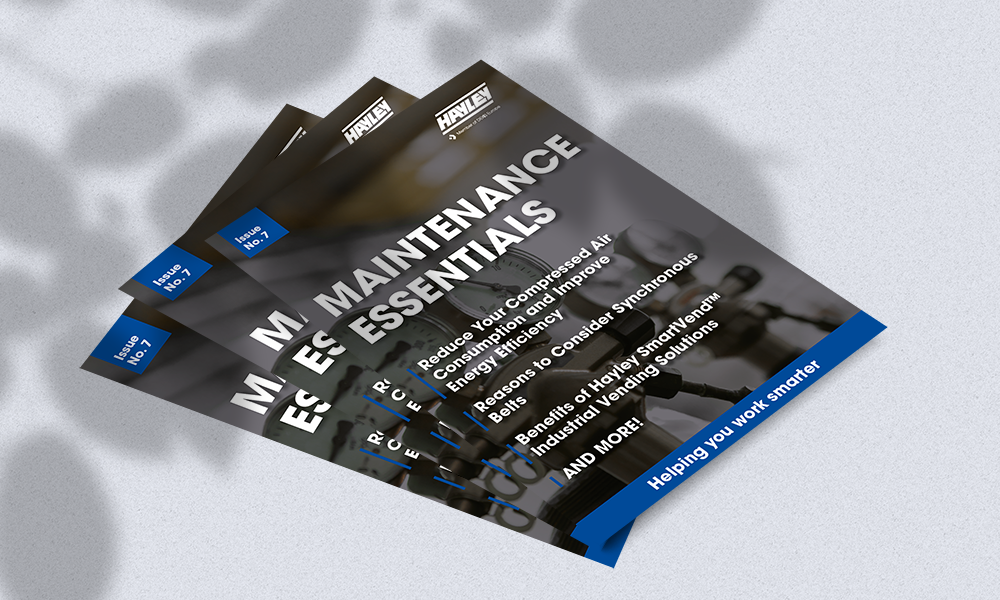



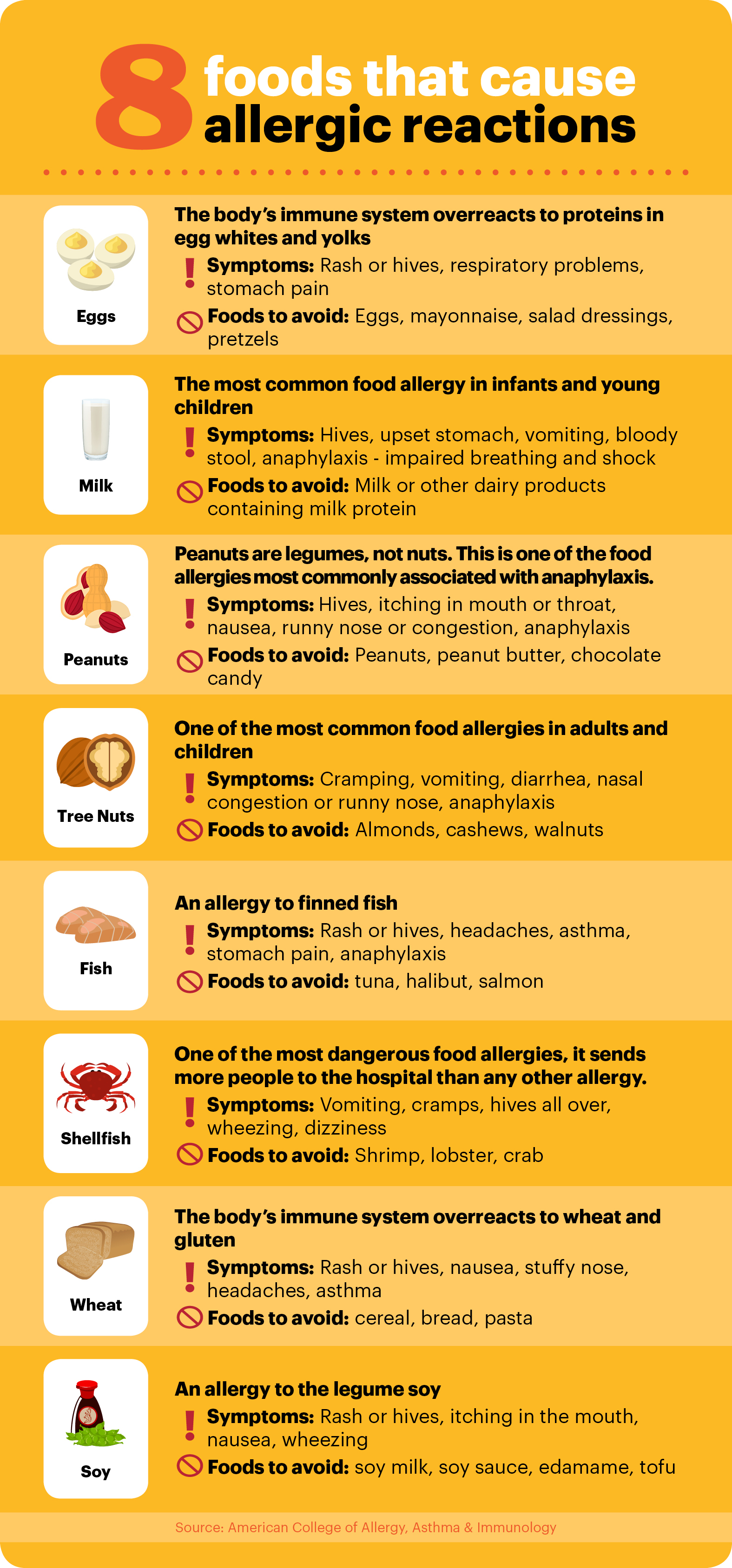















:max_bytes(150000):strip_icc()/car-5845b7275f9b5851e56f4206.jpg)



